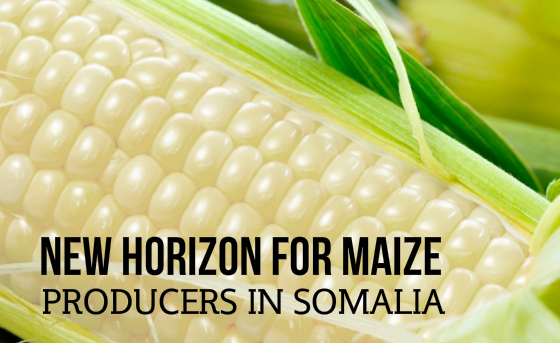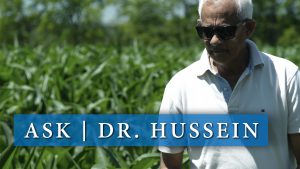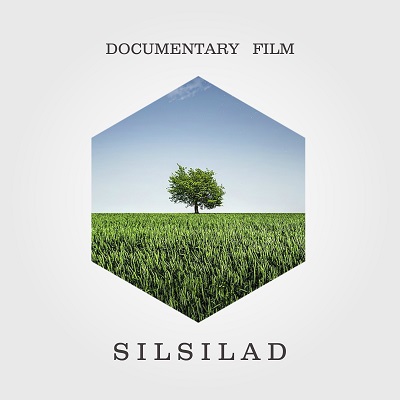Purifying Somali Sesame Seeds
Somali sesame crops are traditionally cultivated in the flood recession areas of Lower and Middle Shabelle and in the depression/low land areas where the Jubba River floods inundate farming areas of Middle and Lower Jubba regions. Due to its value in the world markets, the cultivation of the crop has been spreading into more of the dry farming areas as well.
.
The sesame seeds cultivated in Somalia are characterized as being inherently low yielding and having uneven seed sizes. Above all, the existing local sesame seed variety has mixed seed color coats (white, white creamy, gray, reddish, black, etc.), which is normally not the preference of the recipient world markets.
This seed color impurity is believed to be caused by the pollination process and other environmental factors. The types of pollinations have been reported in sesame literature. Generally, sesame is self-pollinated (99%) when the pollinator agents (bees, etc.) have multiple choices of crops bearing flowers to visit. However, when the pollinator agents have no choice other than the sesame crop, cross-pollination (50-60% by insects) occurs and causes mixed seed color coats.
Minimum sesame seed color impurity is expected in irrigated areas of Lower/Middle Shabelle and Lower/Middle Jubba regions. These areas grow a variety of crops including fruits (mango, papaya, banana, lemon, grapefruit, guava, coconut, and spondees), vegetable crops (cucumber, melon, watermelon, coriander and spicy leaf vegetables), ornamental plants and multiple natural floras.
SATG is dedicated to improving the Somali sesame seed varieties. It has taken the task and much initiative to purify Somali sesame seeds starting with the separation of the locally available sesame seeds into four varieties based on seed color coats.
For the time being, we have selected “Local White Creamy” (LWC-AFG) seeds for seed multiplication. SATGs mission is to: a) develop pure sesame with uniform seed color (white) adopted to the local environment, b) further safe-guard the purity of the selected seed variety in time and space, and c) test the oil and other nutrient content of sesame seeds.
In doing so, SATG wants to contribute to increasing the availability of locally produced pure sesame seeds for Somali farmers, while also providing sesame seed exporters with the opportunity to export seeds to international markets and boost up the economic earnings from sesame businesses in Somalia.
– By Abdulkadir Mohamed Abikar
SATG Agromonist and Advisor
Local White Creamy (LWC-AFG) sesame seed







Recent Comments